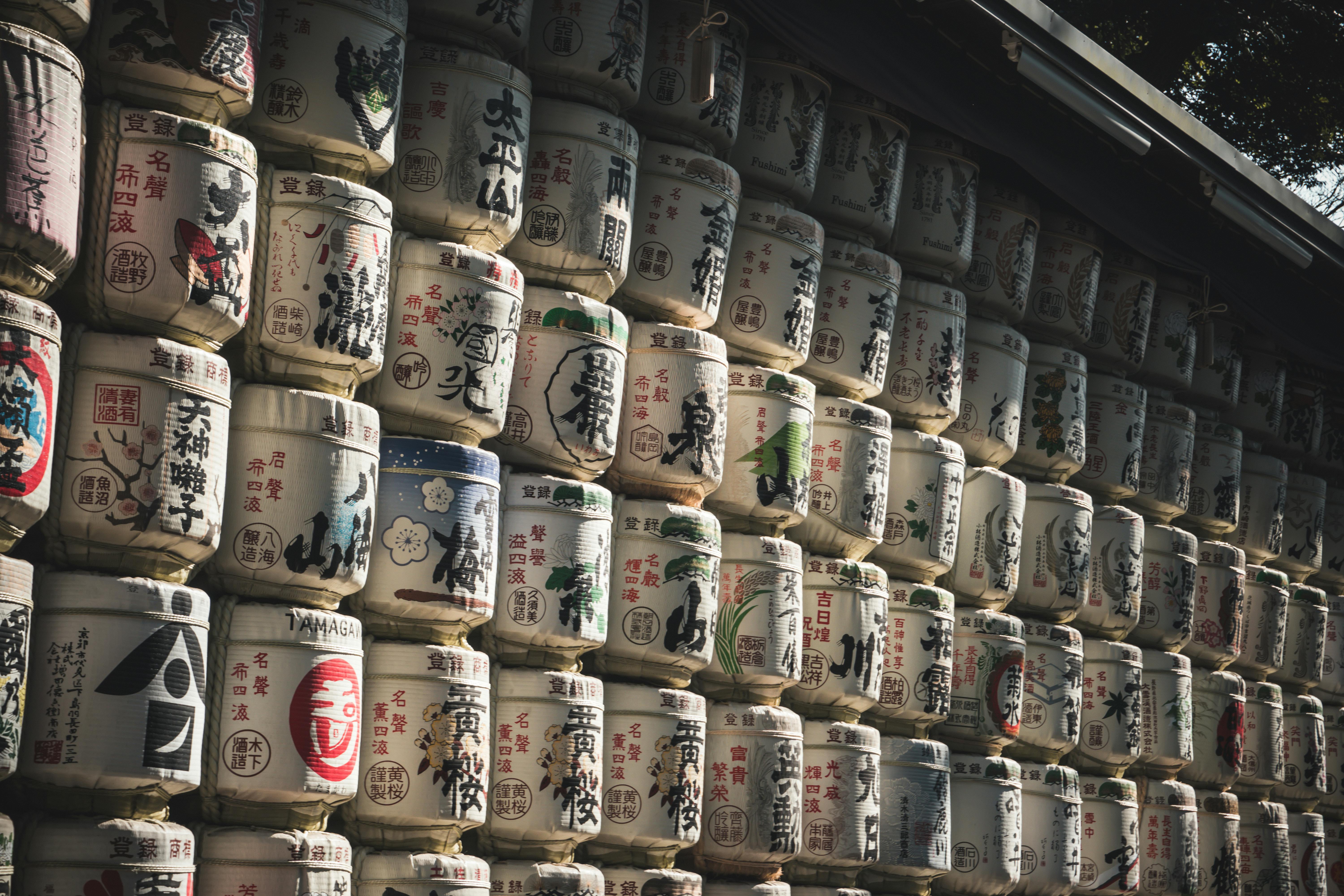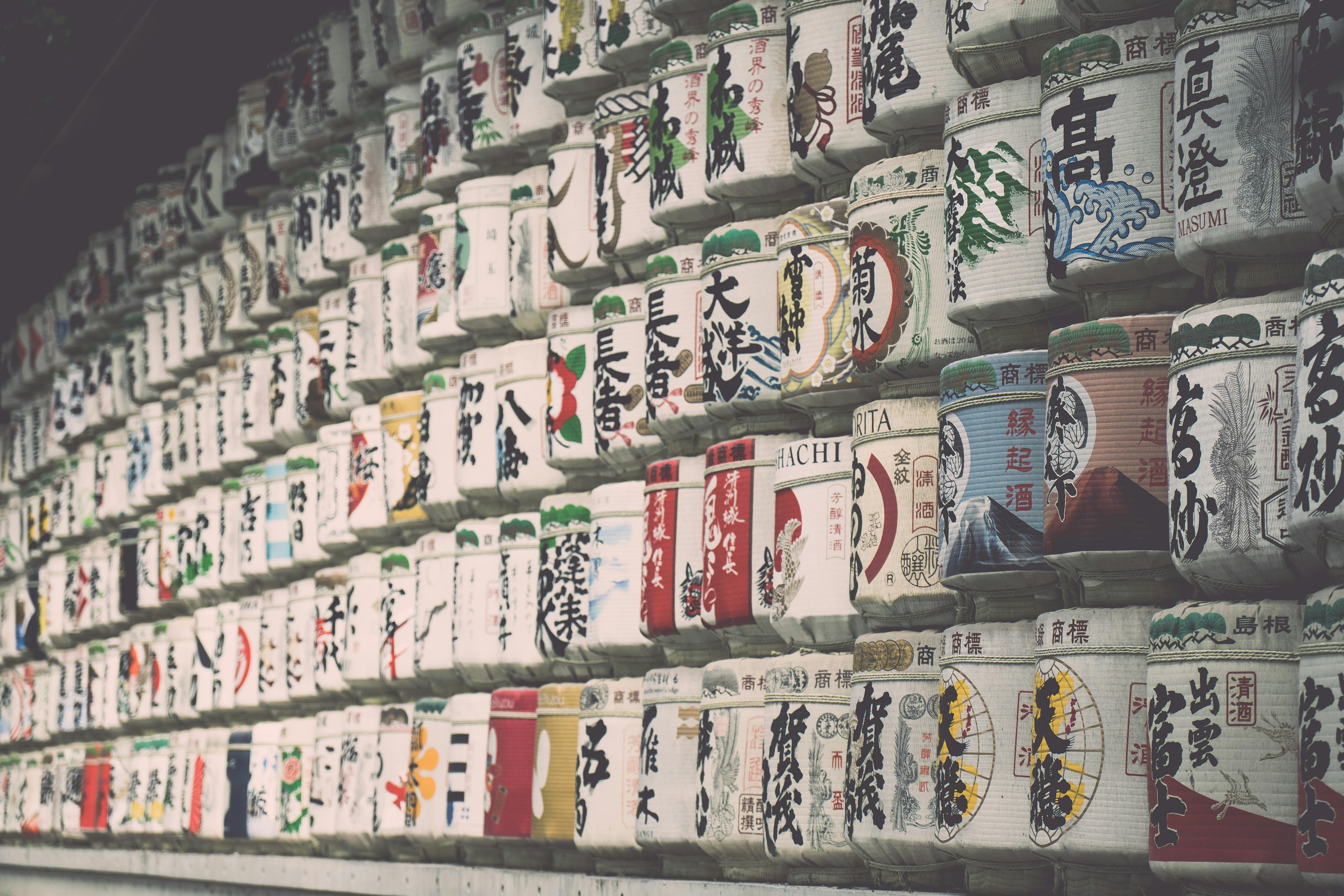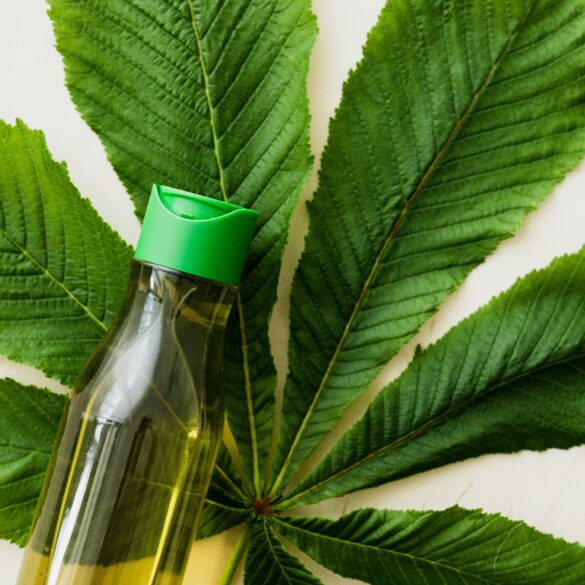Japan Sake Brewing: Authentic Craft for Restaurant Success Today
Ever sat in a Tokyo izakaya with a tiny ceramic sake cup warming your palms, and wondered what it really takes to get that silken, subtly aromatic liquid from paddy to pour? You’re not alone—I’ve been there myself, countless times, both as an awestruck guest and as a food consultant brought in to help restaurants (both in Japan and abroad) craft killer sake programs. That sensation—the heady balance of centuries-old technique with modern-day hospitality—never gets old. Now, more than ever, as the global restaurant scene pivots toward authenticity, regional character, and premium beverage experiences, understanding the real art of sake brewing is mandatory, not optional.
But here’s the thing: most breakdowns of sake process still gloss over the little details that matter—why a family-run brewery in Niigata insists on certain milling ratios, or how a Michelin chef in Kyoto chooses a specific Yamadanishiki sake to pair with seared duck. Today, we’re going deep but with real-world insight, blending tradition with actionable tips for modern restaurant success. Because, whether you’re designing a menu, hosting staff training, or just looking to level up your next omakase experience, you deserve the full story—the subtle, sometimes grueling realities, ancient lessons, and new-world pivots shaping truly premium Japanese sake.
Roots of Sake: Culture, History & Modern Demand
I remember the first time I visited a Japanese sake brewery in rural Niigata: the aroma of steamed rice hit me before I’d even crossed the threshold. The toji (brew master) was a wiry, quietly intense man who insisted that his process was “half science, half spiritual practice.” This isn’t an exaggeration—sake’s story spans at least 1,300 years, intertwining with Shinto rituals, rice agronomy, and the slow, sometimes uneasy modernization of Japanese food culture1.
Fast-forward to the 21st century, and sake finds itself at the confluence of tradition and change. Japanese sake exports hit a record high in 2023, topping 40,000 kiloliters—and for good reason: today’s global diners crave authenticity, provenance, and products with an unbroken story from farm to glass2. Yet domestic consumption in Japan is down—local drinkers are older, and younger generations sometimes prefer craft beer or umeshu. The upshot? Restaurants abroad have real power to shape the next chapter, provided they understand—and respect—the artistry beneath every bottle.
The Japanese government officially designated sake brewing techniques as an “Intangible Cultural Heritage” in 2022, recognizing traditional methods as vital to national identity, much like French wine and Italian cheese3.
If there’s one thing I’ve learned after multiple trips from Fukuoka to Hokkaido, it’s that sake isn’t monolithic. It’s not just “rice wine”—it’s a product of local water, hyper-specific rice varieties like Yamadanishiki or Gohyakumangoku, and the expertise passed down or imported from neighboring regions. Sometimes the best sake is from a place you’ve never even heard of, crafted in a way that would make a Burgundy vintner jealous.
The Real Sake Brewing Process (Start to Finish)
Here’s where I have to pause. Because, honestly, most online guides simplify things: “Rice is washed, steamed, fermented, and pressed.” That’s… not wrong, but it’s laughably incomplete. Last fall, I watched a 12th-generation brewer walk his team through night after night of koji management—every 30 minutes, someone manually turned the rice, adjusting for temperature by touch, not tech. That level of control doesn’t make the headlines, but it defines premium sake.
- Rice Selection: Premium sake demands specialty rice (Shuzo Kotekimai), milled to expose pure starch. The more polished, the lighter and more nuanced the flavor profile.
- Washing & Soaking: Water quality is so revered, many breweries are sited atop legendary springs. Breweries obsess over millisecond-level soaking times for consistency4.
- Steaming: Texture matters—over-steamed rice creates a gluey ferment; under-steamed holds back flavor. It’s a tightrope.
- Koji Molding: Koji mold (Aspergillus oryzae) unlocks the sugars. Here, the tiniest changes—humidity, a few extra turns—change the entire batch. Koji rooms are sanctuaries, and only trusted artisans enter.
- Yeast Starter (“Shubo”): This is sake’s “mother,” brewed strong with additional lactic acid to provide clean, controlled fermentation.
- Main Fermentation (Moromi): Multiple parallel fermentations occur. Enzymes convert rice starch to sugar, while yeast turns sugar to alcohol. It’s literally magic—chemistry happening in real time.
- Pressing, Filtering, Pasteurization: Once fermentation finishes, sake is carefully pressed, sometimes filtered, and heated—though the newest “Nama” and “Genshu” sakes minimize both for intensity.
Want a simple summary? There isn’t one. Sake brewing is a choreography—some steps are ancient, a few are now digitized, and no two breweries do everything the same way.
Polishing, Yeast, and Flavor: How Quality Is Created
Here’s what really struck me when I first saw rice polishing in action: premium sake often uses rice ground down to less than half its original size. The brewmasters told me, “Less protein, more pristine starch—fewer impurities, cleaner flavors.” That’s why Daiginjo-class sakes—where at least 50% of the rice has been polished away—taste so smooth. But is that always better? Let’s be honest: some chefs I work with still prefer heartier Junmai types for big umami food. I guess, as with wine, there’s no “best,” only what pairs well.
Key Insight
Finding your ideal sake isn’t about chasing the “highest polish.” Instead, focus on balance—with food, temperature, and guest preference. Modern sake brewing supports both ultra-refined elegance and rustic, rice-forward flavor.Now, yeast selection is the next gear. Japan’s National Research Institute for Brewing catalogs dozens of specialized yeasts: some produce melony aromatics, others mellow acidity or boost floral notes. Sometimes brewers use house-cultivated wild yeasts for complexity, a practice reminiscent of high-end natural wine making5. The result? An astonishing breadth: from crisp, dry Niigata styles to lush, fruity Kyushu sakes that almost mimic lychee juice.
Flavor Profiles: Simplified Table
| Sake Type | Polishing Ratio | Aroma/Flavor | Best Pairing |
|---|---|---|---|
| Junmai | ~70% | Earthy, robust | Grilled meats, rich main dishes |
| Ginjo | ~60% | Fruity, floral, light | Sashimi, light appetizers |
| Daiginjo | <50% | Elegant, aromatic, subtle | Delicate seafood, fine dining |
| Nigori | Varies | Sweet, creamy, textural | Spicy foods, dessert |
I have to clarify—these types are guidelines, not rules. Once, at a Tokyo sake bar, I tried a local “Junmai Ginjo” designed for oden (stew) pairing, but it worked equally brilliantly with a sunset seafood grill in Vancouver. That flexibility is a gift and—if you’re building a restaurant menu—a huge opportunity.
- Explore both heritage Kura brands and new-wave breweries—clients respond well to both.
- Don’t ignore regional identity: Niigata’s ultra-crisp sakes differ wildly from Yamagata’s lush, floral styles.
- Keep temperature play in mind—warm Junmai, crisp cold Daiginjo. Offer both for full guest satisfaction.
Premium Sake and Modern Restaurant Success
I’ll be completely honest: when Western restaurants first started listing sake 10 years ago, most did it out of novelty, not business sense. But those days are gone. Now, elite venues across Paris, London, and Los Angeles compete to lock in rare brews—with some bottles fetching $250-$500. That shift didn’t happen in a vacuum. It was driven by diners craving unique, story-driven beverages, and by restaurateurs realizing the genuine margin and loyalty power premium sake offers.
Insider Tip
Sustainable sourcing and authenticity are what truly set premium menus apart today. Feature the brewing region, production method, and – if possible – the brewer’s story. Your guests notice. Your bottom line will too.In my experience, what really lands isn’t just touting “artisanal” sake. It’s building a thoughtful, educational approach. Here’s how you can make that real:
- Include a range of sake types and regions, highlighting unique features (e.g., “Yamagata Dewazakura Ginjo—floral, brewed with pristine mountain water”).
- Train staff with guided tastings. Even 30 minutes of context makes a massive difference in guest experience.
- Rotate seasonal sakes—autumn’s richer brews versus spring’s delicate namazake—for authentic Japanese seasonality.
What’s more, good sake is highly versatile—not only does it pair with Japanese cuisine, but it matches beautifully with French, Italian, Peruvian, or modern fusion menus. Some of the surprise pairings—like robust Junmai Genshu with dark chocolate or smoky BBQ—are downright revelatory.
Next, I’ll share concrete strategies (and a few mistakes I’ve made firsthand!) that can help your restaurant thrive in the premium beverage era.

Concrete Menu & Business Strategies
Every beverage director I know has their stories: the superstar sake that flopped sales-wise, the “cheap and cheerful” bottle guests couldn’t get enough of, and those bittersweet learning moments when we realized just how much staff buy-in matters. If you’re looking to harness sake’s potential, here’s what’s worked (and what I wish someone had told me, back when I managed my first sake-centric pop-up in NYC just after a Japan tour):
- Curate, Don’t Overwhelm: Instead of dumping ten unfamiliar labels onto your list, start with three categories: a dry/higher-acid sake (often Niigata or Fukui), a fruity aromatic Ginjo/Daiginjo, and one textural or funky wild yeast style for adventurous guests6.
- Story Sells: Even with limited staff training, printed or digital menus that include a one-line brewer “origin story” or fermentation tidbit increase sales. It isn’t about “hard selling”—guests feel more connected to a product with roots.
- Seasonality Resonates: Rotate one or two seasonal sakes, maybe a Namazake (unpasteurized) in spring or Tokubetsu Junmai in autumn. Guests love trying what’s “only in now.”
- Portions and Pricing: Offer half-glass pours or tasting flights. Many customers want to try more than one style, but aren’t ready to commit to a whole bottle—especially with premium pricing.
- Leverage Staff Tastings: Make staff “voting panels” for next quarter’s featured sake, and empower the whole team to speak from personal experience—those informal moments build engagement like nothing else.
This brings up a point I’ll never stop emphasizing: even high-end venues can stumble badly here. Early on, I used to focus only on bottle selection (what’s rare, what’s award-winning). But, time after time, it’s been staff confidence and story-telling that move the needle. The “why” behind the sake you stock will do more for sales and guest loyalty than a hundred wine awards ever could.
France’s top restaurants are now cross-pairing Japanese sake with classic French cuisine—not just sushi. The 2023 Bocuse d’Or champion paired warm Junmai Daiginjo with truffled chicken for a sensation that made global headlines7.
Now, I’d be lying if I said it all comes easy. Six years ago, one of my venues over-committed to a rare, ultra-high-polish Daiginjo that ended up too fragile for export shipping. It lost its nuance after two months. Lesson learned: storage, delivery timelines, and even humidity controls can make or break your beverage investment. Where possible, work with importers or distributors who specialize in cold-chain delivery (and get explicit timelines up front).
Pro Tip
Don’t be afraid to ask your distributor about the sake’s full journey—when it was bottled, how it was stored, and what seasonal differences to expect. I used to avoid these “awkward” questions, but they’ve saved my menu more than once.Menu Integration: Simple, Flexible System
- Offer descriptive categories—“Crisp & Dry,” “Aromatic,” “Complex & Textural”—in both English and native language, if possible.
- Suggest 2-3 clear food pairings per sake. For example: “Pairs beautifully with grilled octopus, mushroom risotto, or roast pork.”
- Rotate and update tasting notes at least quarterly—sake stocks change by season, and freshness really counts.
I’m partial to chalkboard specials and digital table menus that let you swap in seasonal sakes effortlessly. Some venues include brewery photos or short QR-code videos from the toji—an easy way to deepen engagement and create “Instagrammable” moments.
Tradition, Sustainability, and Sake’s Global Future
One thing I’m still learning about—actually, let me clarify, everyone in the industry seems to be learning about it in real time—is how Japanese sake brewing is adapting to global climate pressure, organic movement, and changing consumer priorities. Ten years ago, I rarely heard brewers discuss sustainability. Now, it’s top-of-mind, even for tiny, multi-generational kura.
According to recent statistics, nearly 35% of new sake breweries in Japan are experimenting with organic rice or reduced water usage, and exports increasingly depend on clear environmental credentials8. Some breweries now partner directly with local rice farmers, not only for traceability but for regenerative farming practices that offset resource strain. Meanwhile, global diners increasingly ask about both carbon footprint and producer ethics—just last quarter, two corporate clients I advised made eco-certification a precondition for beverage partnerships.
- Ask your sake suppliers for certificates or documentation related to environmental practices.
- Feature breweries investing in solar or alternative energy (dozens now do, especially in Tohoku and Hiroshima).
- Educate staff and guests that “unfiltered” or “unpasteurized” doesn’t mean unsustainable—just different.
- Highlight any region-specific sustainability stories—which resonates with eco-minded guests.
Still, authenticity is the backbone. Too many “new wave” sakes compromise technique or flavor in the name of marketing buzz, diluting what makes Japanese sake unique. It’s that tension—modern appeal vs. old-world integrity—that I find most fascinating (and, sometimes, most frustrating). My advice? Let tradition inform innovation, not erase it.
Final Thoughts: Respecting Craft, Building the Future
Writing this, I’m reminded of those late-night brewery conversations—when the last tank is sealed, the steam fades, and, inevitably, someone asks, “What’s next?” My answer: respect, flexibility, and a willingness to keep learning. Japan’s sake world is open to change, but demands humility from every participant—chef, beverage buyer, or enthusiast.
If your aim is authentic connection—to both guest and craft—stay curious. Taste broadly. Share what you’re learning, even if (like me) you don’t have all the answers. In this space, passion and humility are your best branding. And remember: every great sake menu I’ve helped build felt like a true collaboration, not just between restaurant and producer but among staff, guests, and tradition itself.
Call to Action
Next time you update your drinks list, source a new sake—or simply sit down for a quiet cup—pause. Ask where it came from, what shaped its profile, and how best to honor both drink and guest. And if you’ve discovered a brewing technique, a flavor pairing, or a story that changed your approach, share it with your community. This tradition thrives on stories.References



